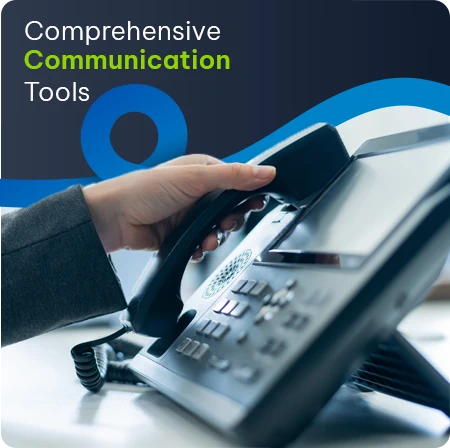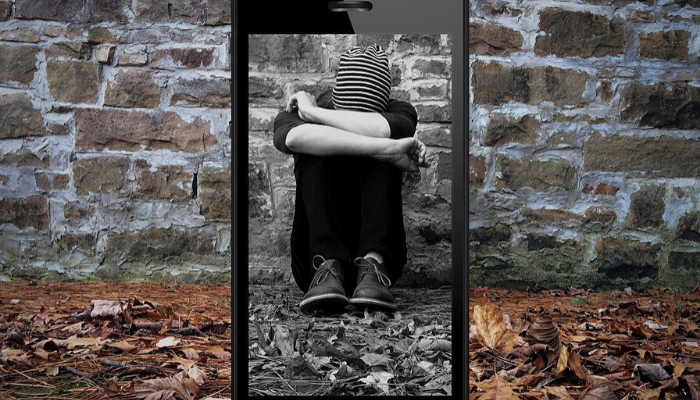Bullies have always existed but in the digital age, the bullying is worse than ever before.
In South Africa, the consequences of cyberbullying are unprecedented. We are seeing higher than ever incidences of depression, anxiety and behaviour related to self-harm as a direct result of cyberbullying.
This is largely for two reasons:
- Before smartphones, a victim of bullying could get home from school and have some sort of break from the taunting. Now the bullying is constant and doesn’t end with the school bell.
- Bullies are emboldened to share content they would never say to a victim in person. This has contributed to the type of content being worse than ever before.
When it comes to cyberbullying, anonymity is the root of all evil. It allows bullies to hide behind the veil of pseudonym accounts on social media or anonymous platforms such as Qooh.me, Ask.FM, etc.
Cyberbullies engage in direct personal attacks – naming and shaming, “slut shaming”, fat shaming, pressuring others to send nudes, revenge pornography and viral sharing of videos in which children are being physically bullied.
Although this type of content is shared on anonymous platforms, the truth is that any platform can be open to abuse. Some platforms are simply better than others at removing offensive content.
How do you know if your child is being cyberbullied?
Most victims of bullying won’t reveal what is happening so look out for these common signs:
- Being secretive about online activities
- Being upset or anxious after using a phone or the Internet
- Appearing more withdrawn
- Decline in school academic performance
- Unexpected change in friend circles
- Decline or change in sleep duration and quality.
What should your child do if he/she is being bullied?
- Tell a trusted adult (a parent, guardian or teacher)
- Take screenshots to preserve the evidence
- BLOCK the bully.
What should your child do if he/she knows that someone else is being bullied?
- Don’t join in. This includes commenting and sharing harmful content or staying in a WhatsApp group which hosts such content.
- Report bullying to a trusted adult (parent, guardian or teacher).
What legal options are available if you or your child are being bullied?
- If you know the identity of the bully, and the bullying is sufficiently severe to the extent that it can be said to cause mental, emotional or psychological harm (or inspire the belief that harm could be caused), one mechanism available is to apply for a Protection Order under the Protection from Harassment Act.
- If you do not know the identity of the account holder (i.e. it is an anonymous account or a pseudonym account), please get in touch with the Digital Law Company for possible legal and/or forensic options.
- Almost all social media platforms have a reporting function which allows the possibility for damaging content to be removed. However, if it is an anonymous account, be aware that once an account is removed, it is more difficult to uncover the identity of an account holder.
The Cybercrimes Bill has codified many crimes relating to online activities. The chapter on Malicious Communications criminalises the creation or distribution of “a data message” which incites the causing of any damage to property belonging to, or violence against a person or group of persons which is harmful or intimate in nature, and which is distributed without consent of the person involved.
This would include a lot of content which we are loosely defining as “cyberbullying”. The bill will hopefully become law soon and with any luck, reduce the instances and severity of bullying altogether.












